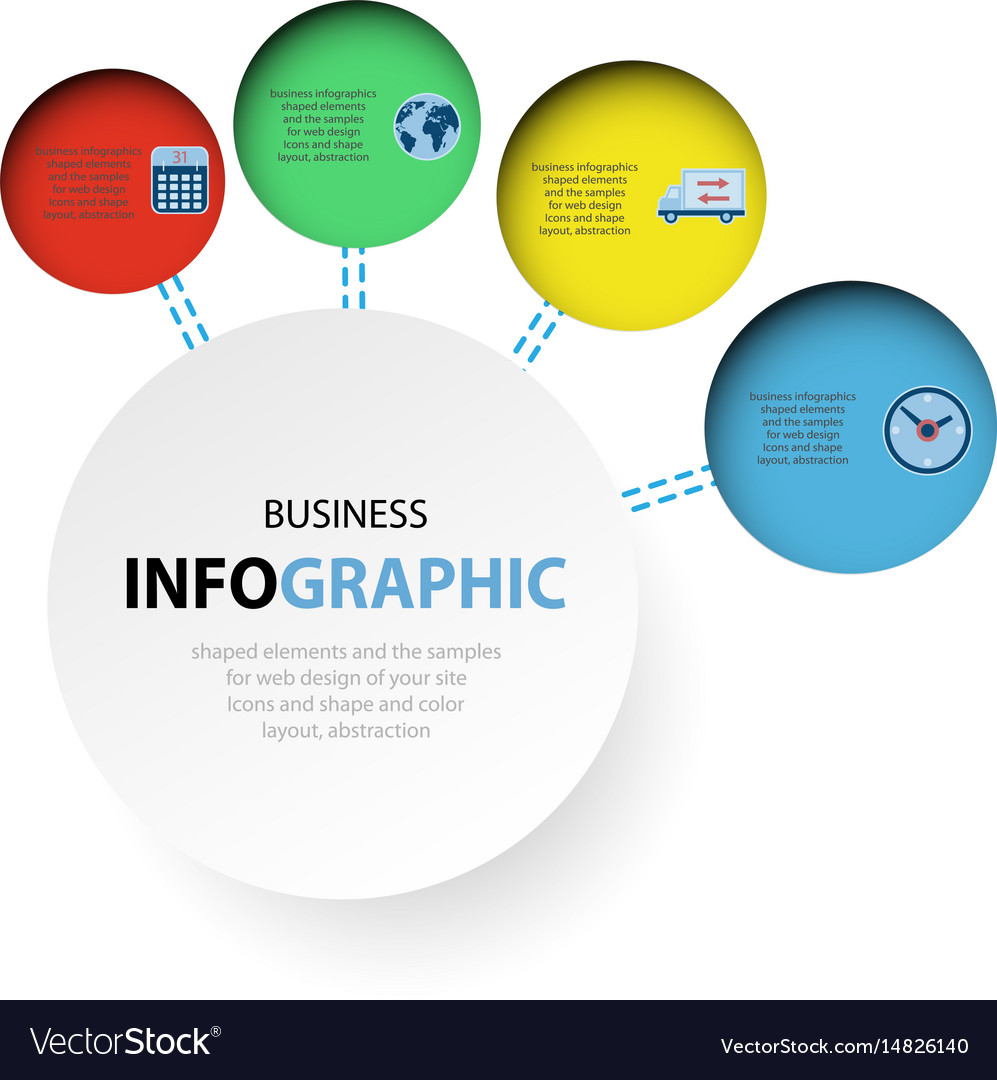Basic Elements Of Web Design: Standards For Creating A User-Centric Site
Basic Elements Of Web Design: Standards For Creating A User-Centric Site
Blog Article
Created By-Hall Bak
When it comes to web site design, making sure user-friendliness is crucial. From receptive style to structured navigating, every component plays an essential duty in creating a site that caters to your target market's demands. However what regarding the finer details that can make or damage a customer's browsing experience? Stay tuned as we uncover some often-overlooked suggestions that can boost your website's functionality to the next degree, making it absolutely stand out in the digital landscape.
Importance of Responsive Design
Responsive layout is a critical facet of modern internet site growth. Ensuring your site is receptive ways that it can adapt to various screen sizes and tools, supplying a smooth experience for individuals.
With the increasing use of mobile phones and tablet computers to access the net, having a receptive style is essential for getting to a larger target market. It helps in improving user experience by making your internet site very easy to navigate and continue reading any gadget.
Additionally, receptive design can favorably influence your search engine rankings, as online search engine like Google focus on mobile-friendly websites. By having a receptive style, you're additionally future-proofing your site, as new gadgets with differing screen dimensions continue to emerge.
Simplify Navigating Structure
To boost customer experience and promote very easy accessibility to details on your site, improving the navigation structure is critical. When developing great site , concentrate on developing a clear and user-friendly navigating food selection that helps site visitors locate what they're looking for quickly.
Limitation the variety of food selection products to the basics, grouping relevant web pages together to avoid frustrating individuals. Use detailed tags that clearly suggest the web content of each page, making it simpler for users to recognize where each link will certainly take them.
Think about applying dropdown food selections for subcategories to stop jumbling the major navigation bar. Additionally, include a search bar plainly on the page for individuals that favor looking for particular info.
Focus on mobile responsiveness in your navigation design to make sure simple accessibility on all devices.
Maximize Web Page Lots Rate
Improving page lots rate is essential for maintaining visitors on your internet site. Slow-loading browse around here and can bring about high bounce rates. To optimize web page lots speed, beginning by enhancing pictures. Compress photos without jeopardizing quality to reduce their data dimensions.
Additionally, allow web browser caching to save regularly accessed sources locally, quickening load times for returning visitors. Minify CSS, JavaScript, and HTML files by eliminating unnecessary characters, comments, and format, improving tons speed.
Take into consideration making use of a content shipment network (CDN) to disperse your internet site's material across multiple web servers worldwide, decreasing latency for customers accessing your site from various areas. Last but not least, restrict the use of third-party scripts and plugins, as they can significantly affect load times.
Verdict
In conclusion, by including responsive layout, streamlining navigating, and maximizing web page lots rate, you can develop an easy to use internet site that interest a broader audience and improves individual experience. These essential elements make sure that site visitors can easily accessibility and browse your site throughout various tools, resulting in boosted engagement and satisfaction. By focusing on these key facets, you can construct a successful web site that keeps customers coming back for even more.
